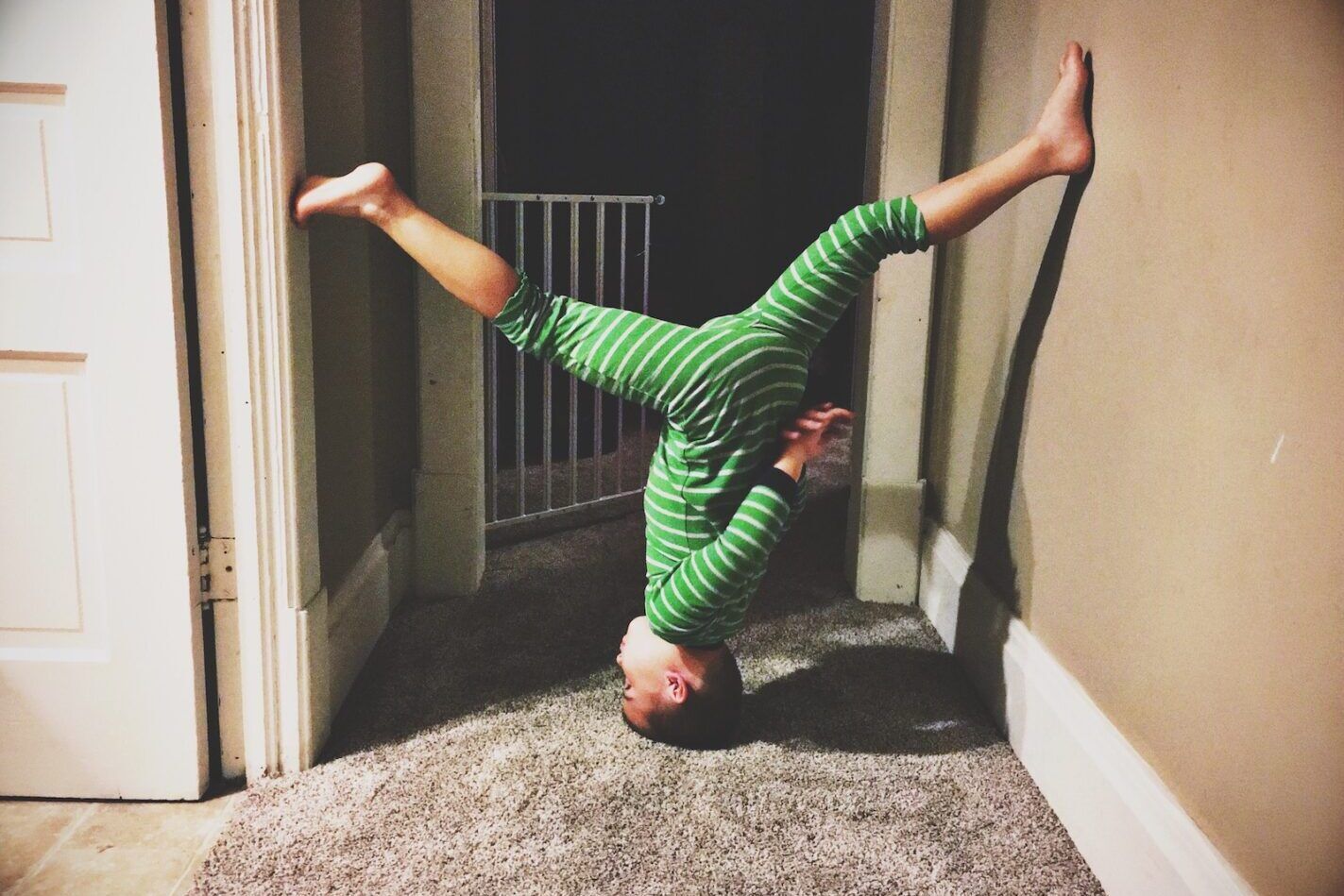ADHD Productivity Hack: The Pomodoro Method
This article may contain affiliate links. If you make a purchase through these links, we may earn a commission at no extra cost to you. Thanks!
For those of us with ADHD, managing our productivity can be… challenging. And frustrating. And it can lead to feelings of shame, too. We’re often operating within systems (and expectations) that were built when society didn’t know much about neurodivergent brains.. So first things first, don’t forget to have compassion for yourself in this situation!
Back to productivity. Maintaining focus and completing tasks within a set timeline is a skill that is crucial for most of our day-to-day lives, and it’s one that doesn’t always come naturally. Distractions, forgetfulness, executive dysfunction, and procrastination can easily throw a wrench into well-made plans of “doing all the things today.” We recommend trying a simple, yet highly effective, ADHD productivity hack that we keep in our toolbox – the Pomodoro Method.
SEE ALSO: DOUBLE YOUR PRODUCTIVITY: UNLEASH THE POWER OF BODY DOUBLING FOR ADHD
When Your World is So Much More Interesting Than This Lame Report
People with ADHD have the strengths of curiosity and imagination. These traits drive innovation and make our world much more interesting to live in! But, when you’ll face significant consequences if you don’t finish a project on time, you may need to find a way to focus on the boring thing. This can be a challenge for a few reasons.
- ADHD Paralysis: When you have 12 things on your to-do list, deciding where to start can be so overwhelming that you avoid starting at all.
- Procrastination: Starting tasks can be incredibly challenging for those with ADHD. The brain often prefers immediate gratification, leading to procrastination.
- Difficulty with Focus: Maintaining concentration for extended periods is difficult, which can result in incomplete projects and missed deadlines.
- Impulsivity: Impulsive behaviors can lead to shifting priorities frequently, making it tough to stay on track.
- Forgetfulness: Forgetfulness and disorganization can lead to important tasks slipping through the cracks.
- Pathological Demand Avoidance (PDA): While pathological demand avoidance is more commonly associated with autism than ADHD, the co-occurrence of ADHD and autism is pretty high. So, PDA could still be a contributing factor.
Managing these challenges can seem like an uphill battle, but there’s a powerful technique that can help: the Pomodoro Method.
The Pomodoro Method: A Game-Changer for ADHD Productivity
The Pomodoro Method is a time management technique developed by Francesco Cirillo in the late 1980s. It’s designed to improve focus and productivity by breaking work into short, focused intervals followed by brief breaks. Here’s how it works.
Choose a Task
Select a task you want to work on. Or, select the task you have to work on. Or, select the task with the worst consequences if you don’t work on it.
Set a Timer
Set a timer for 25 minutes (this is one Pomodoro). During this time, focus exclusively on your task. It can help to set yourself up in an environment without too many distractions. Noise canceling headphones are helpful, too.
Work Intensely
Work with laser-like focus until the timer rings. This brief period minimizes distractions and capitalizes on the ability of individuals with ADHD to hyperfocus on a single task.
Take a Short Break
After one Pomodoro, take a 5-minute break. Use this time to recharge, stretch, use the bathroom, get a glass of water, or do a quick mindfulness exercise.
Repeat
Repeat steps 1-4 for three more Pomodoros. After completing four, take a longer break of 15-30 minutes.
The beauty of the Pomodoro Method for ADHD-ers lies in its structured approach and frequent breaks. While ADHD is often associated with difficulty in sustaining attention, it’s essential to recognize that the ability to hyperfocus is a huge strength. With the Pomodoro Method, you harness that hyperfocus for short bursts, ensuring you make substantial progress on your tasks without feeling overwhelmed or exhausted.
The Power of Pomodoro Timers for ADHD
Now that you understand the Pomodoro Method, you might wonder how to implement it effectively. Enter Pomodoro timers, which are essential tools for anyone looking to maximize their productivity using this technique.
Pomodoro timers are specialized timers designed to help you track your work and break intervals precisely. They come in a variety of formats, including physical devices and smartphone apps, making it easy to integrate them into your daily routine.
Here’s why owning a Pomodoro timer can be especially beneficial for individuals with ADHD.
Structure and Accountability
The timer provides a structured framework for your work. Knowing that a timer is ticking down can help create a sense of urgency and accountability.
Visual and Auditory Cues
Many Pomodoro timers offer visual and auditory cues, such as a ticking sound or a flashing light, to signal the start and end of each Pomodoro. These cues help individuals with ADHD transition between work and break periods.
Incremental Progress
Breaking your work into manageable, 25-minute intervals allows you to measure your progress more effectively. This incremental approach can boost your confidence and motivation.
Time Awareness
For people with ADHD, time can sometimes feel elusive. Pomodoro timers help you stay aware of the passage of time, preventing you from losing track and spending too much time on a single task.
Give the Pomodoro Method a Try
If you have ADHD and struggle with productivity, the Pomodoro Method and Pomodoro timers can be game-changers. This technique harnesses your hyperfocus and provides a structured approach to work, helping you tackle tasks efficiently while managing ADHD-related challenges. Consider investing in a Pomodoro timer and giving this method a try. You’ll be amazed at how it can transform your productivity and help you achieve your goals more effectively. Get a Pomodoro timer for yourself on Amazon.









